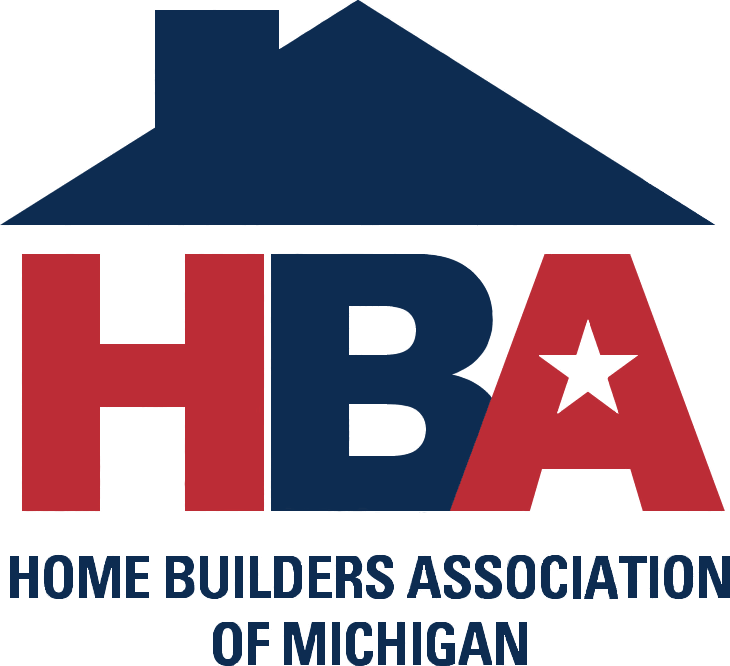TIF Incentives at Work

TIF Incentives at Work
Brownfield TIF Incentives Used to Build Workforce Housing
The Boardman Building, Traverse City
The 112-year-old Boardman School building in Traverse City was used for the last few decades as the local intermediate school district’s administration building. It didn’t function well for the administration’s needs and was due for some expensive maintenance. The school district decided to consolidate staff at another location and put the school building on the market. The ISD received two bids, one from a developer who planned to demolish the school building and construct condominiums. The other bid was from two locals, architect Ken Richmond and builder Eric Gerstner. They met in the 1990s when they were neighbors on Webster Street, across the street from the Boardman School. They know how deeply the historic building is embedded in the neighborhood’s identity, and they knew that demolishing the building for the new condominiums proposed by the other developer was not what the neighborhood residents or the ISD wanted to see. The ISD board agreed with Ken and Eric, and unanimously voted to accept their substantially lower purchase offer for the property provided the building would be preserved.
It would be easy to renovate the entire building into short term rentals or high-end condos, but Eric and Ken were committed to making one of the Boardman Building’s three floors affordable for Traverse City’s workforce. Although the property was sold to the developers for a very low cost, renovating an old school building into affordable workforce housing was not going to be feasible without incentives.
The Boardman Building, as it’s now called, is in a highly desirable downtown Traverse City neighborhood, only a block from downtown’s main shopping and dining district. The Boardman Building’s top floor has views of Grand Traverse Bay and will be developed with four residential condominiums. The middle floor will be a white box office condo. Ken and Eric planned to build and rent 12 garden level apartments starting at $1,000 a month, affordable for a renter making $20 an hour or about 60% of Grand Traverse County’s AMI, to $1,575 a month, about 80% AMI. However, that would result in an operating gap of about $100,000 a year. The numbers only worked if the garden level was also turned into condos, or if an incentive could fill the gap. Ken and Eric pursued housing TIF that will cover their construction and operating costs while keeping rents low.
Total Boardman Building construction cost | $10,901,811 |
Income qualified apartments construction cost Condominium construction cost (residential and office) | $4,879,441 $6,022,370 |
Condo sales | $6,500,000 |
Total building cost minus sales revenues | ($4,401,811) |
Annual rent revenues | $170,000 a year |
Annual payment on loan, operating costs, taxes | ($270,000) |
Financing gap (annual costs minus annual revenues) - this qualifies as an “eligible activity” under the 2023 amendments | ($100,000) |
The City of Traverse City, Grand Traverse County, and MSHDA all supported housing TIF for the Boardman Building. Developer Ken Richmond said, “Getting the brownfield TIF funding not only makes the project work financially, it tells us that the community supports what we’re doing and that is important to us.” The developers will be reimbursed $3.7 million from the Boardman Building’s local and state property taxes and are obligated to keep rents affordable for residents earning up to 100% AMI for up to 25 years. Property taxes on the two floors of condominiums will subsidize the garden level rentals. The workforce units may not be used as short-term rentals. Construction is underway and the new apartments will be open for business by 2027.



Oak Shore Commons, Traverse City
Housing TIF is just as effective for new construction. Another Traverse City-area project is under construction at what used to be a Kmart parking lot in Acme Township. The Kmart building has been repurposed but it doesn’t need acres of asphalt parking between the building and US-31. Developers Strathmore Real Estate Group constructed some market rate units but couldn’t get the numbers to work for lower priced workforce units without brownfield TIF.
 When finished, Strathmore’s Oak Shore Commons project will have 207 apartments, 135 of which will be priced at $1,038 to $2,570, $300-$500 a month below comparable market rate units. That’s affordable for renters earning between $20 and $33 an hour (60-100% AMI). Acme’s Grand Traverse Resort and e-retailer Truly Free are nearby and many in their workforces fall into this income range.
When finished, Strathmore’s Oak Shore Commons project will have 207 apartments, 135 of which will be priced at $1,038 to $2,570, $300-$500 a month below comparable market rate units. That’s affordable for renters earning between $20 and $33 an hour (60-100% AMI). Acme’s Grand Traverse Resort and e-retailer Truly Free are nearby and many in their workforces fall into this income range.
Strathmore’s eligible activities included demolition of the old parking lot, underground utilities, and a small office building; site preparation; and infrastructure such as water and sewer hookups to the new buildings and a section of the regional TART trail adjacent to the property. Like the Boardman Building, reduced rents mean that debt service and operations exceed rent revenues, so TIF will reimburse the developers up to $14.4 million over 25 years.
While housing TIF is a great deal for rental homes due to their higher tax rate, using the tool for owner-occupied, homestead-taxed homes is more challenging. When we’ve run the numbers, a handful of owner-occupied homes priced for residents up to 120% AMI doesn’t generate enough TIF to make the juice worth the squeeze. There’s no magic minimum number since property taxes are different for every taxing jurisdiction, but generally a project with four or five homestead taxed homes is not a good fit for housing TIF.
Susan Wenzlick is a northern Michigan-based Senior Brownfield Specialist for Fishbeck and works with both brownfield authorities and developers to use TIF on housing development projects.
